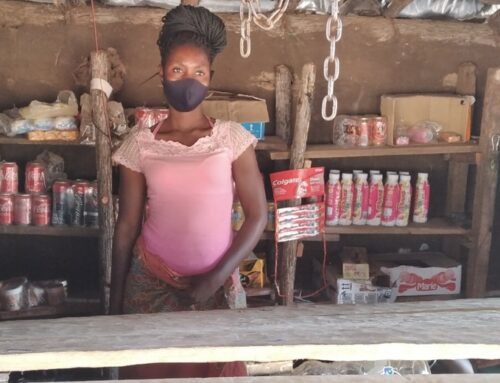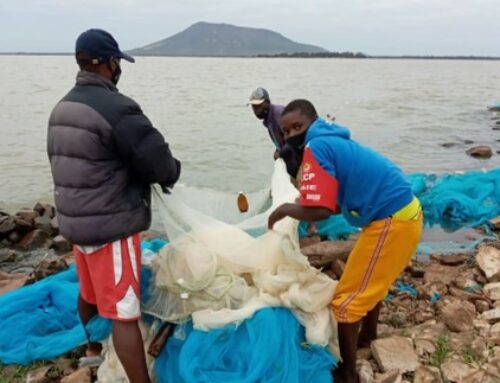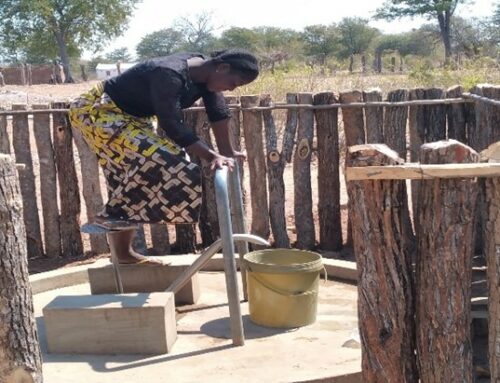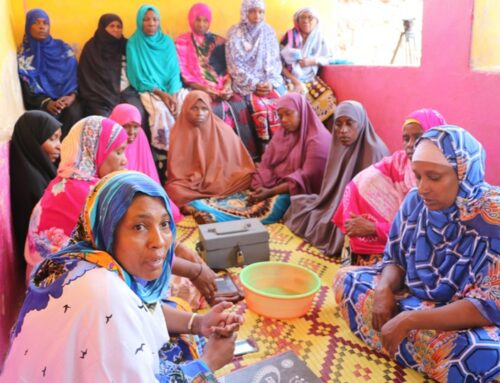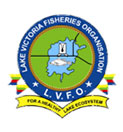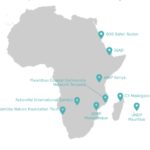Bordering Kenya and the Indian Ocean, the villages of the Tanga region support a population of approximately 2.1 million inhabitants who have long relied on age-old practices of artisanal fishing and subsistence agriculture to sustain their way of life.
Amidst challenges like climate change, overfishing, low productivity, and difficulty in accessing the market – all leading to poverty and economic disparities, a glimmer of hope emerges: seaweed farming.

An empowering yet challenging activity
Seaweed farming has since 1988 been a key livelihood activity for many coastal communities in Zanzibar, however, the practice has not been common across the channel in Tanga communities. New techniques have helped to increase seaweed farming productivity diversifying the economy and empowering the women of the region. This valuable resource is experiencing increased demand globally for medicine, cosmetics and health food, among other things.
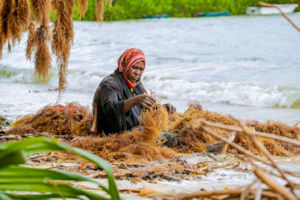
Climate change, however, has caused a rise in seawater temperatures, thereby impacting the growth and quality of seaweed. This represents a challenge. In the village of Ushongo, cultivation has long been centered around the ‘spinosum’ (Eucheum denticulatum) seaweed species, which is farmed in shallow waters, but its cultivation has been seriously challenged by increased seawater temperature making it much more vulnerable to disease. While ‘convenient’ in terms of farming, it’s market value is low in comparison to other varieties which require deeper waters and cooler temperatures.
While seaweed farming has been practised in Ushongo there has been a lack of training and technological support.
New methods, better results
To address these issues, Mwambao Coastal Community Network Tanzania, locally called Mwambao, took the initiative to carry out a baseline survey, aiming to assess the product’s status and the suitability of farming areas. Mwambao decided to introduce a new species, ‘Cottonii’ (Kappaphycus alvarezii), due to its higher market value compared to Spinosum.
Two seaweed farmers’ groups of 50 members were trained on best management practices (BMP), encouraging the use of a double-loop method that reduces the environmental impact of seaweed farming and increases its productivity per unit area.
A pilot project was launched, featuring a 60 by 60-metre farm collectively owned and managed by both groups.
The farmers’ strong commitment to this initiative is evident, as they have decided to add four more plots of the same size, all planted with seeds from the initial pilot area. Consequently, the total farm area now encompasses an impressive 18,000 square metres.
The seaweed farmer Zaina Shabani acknowledged their effort:
“For many years, we believed that Cottonii could not grow in our area. With Mwambao’s support, we now take immense pride in our transformation from having no Cottonii farms to cultivating five plots.”
Furthermore, farmers have received training on monitoring the progress of their seaweed plots and reporting any changes. Their marked progress serves as a heartening testament to their determination. The support and collaboration of Ecofish, together with other Mwambao partners, has played a crucial role in the progress of these farmers.
We are hopeful that these improved methods of seaweed farming will prove productive for these coastal communities and will continue to monitor their progress over the coming years.
